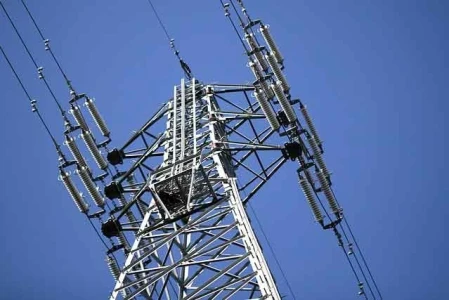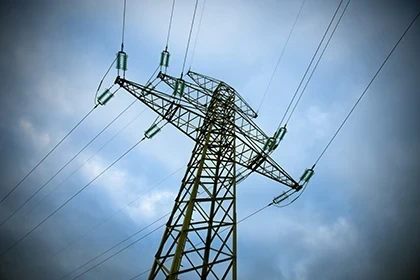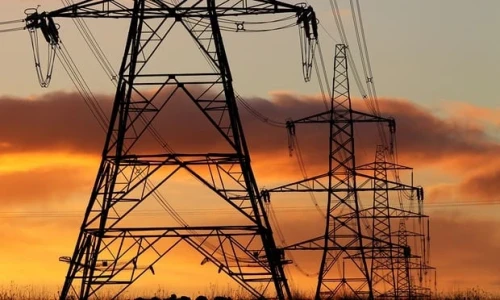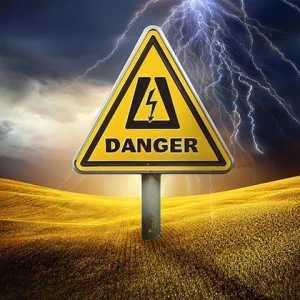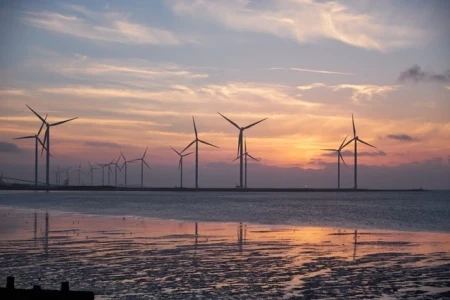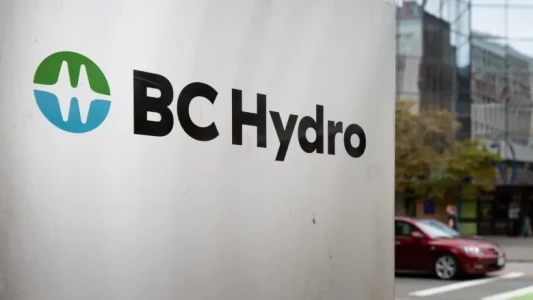New York's Path to 8.5 GW of Grid Flexibility by 2040

New York State's transition to a clean, zero-emissions energy grid could include up to 8.5 gigawatts (GW) of grid flexibility by 2040, according to a new report from the Brattle Group. This projection, while contingent on achieving ambitious decarbonization goals, illustrates how the state could harness a variety of advanced technologies to meet its clean energy objectives while managing peak demand and lowering grid costs. New York's goal of achieving a fully zero-emissions power sector by 2040, coupled with the electrification of several key sectors, offers a potential pathway to significant grid flexibility and cost savings.
The concept of "grid flexibility" refers to the ability of the grid to adapt to fluctuations in demand or supply, helping to integrate renewable energy sources, manage peak loads, and ensure grid stability. This flexibility is especially important as New York shifts away from fossil fuels and aims to incorporate more intermittent renewable energy sources like wind and solar power. The key to unlocking this flexibility lies in technologies that allow for dynamic, real-time responses to electricity demand, thereby reducing strain on the grid.
The Role of Electrification in Achieving Flexibility
The Brattle Group’s report emphasizes how electrifying key sectors, particularly transportation and heating, can drive grid flexibility. The study predicts that by 2040, New York could see 60% of its heating systems electrified, alongside over 6 million electric vehicles (EVs) on the road. In addition, over 2 GW of behind-the-meter storage—such as residential and commercial batteries—could be deployed across the state, contributing further to grid flexibility.
Electric vehicles play a particularly important role in enhancing grid flexibility. Through vehicle-to-grid (V2G) technology, EVs can not only consume electricity but also return it to the grid during times of peak demand. This "demand-side" flexibility could help balance fluctuations caused by renewable energy generation, particularly on days when wind and solar output is lower than expected.
Similarly, the deployment of heat pumps is expected to play a crucial role in decarbonizing the heating sector. Heat pumps, which are more efficient than traditional heating methods, can be easily integrated with renewable electricity. By using electricity to either heat or cool buildings, heat pumps can provide significant energy savings and, if coordinated smartly, contribute to grid flexibility.
On top of this, residential and commercial energy storage systems are gaining traction in New York. With the right incentives and regulatory support, these distributed energy resources can store surplus renewable power generated during off-peak hours and discharge it when demand is high, thereby stabilizing the grid and reducing reliance on fossil-fueled backup plants.
Brattle Group’s Findings on Potential Flexibility
According to the Brattle Group, these advancements could combine to yield a total of 8.5 GW of grid flexibility by 2040 in a scenario where New York meets its clean energy targets. This figure represents a nearly six-fold increase over the state’s current capacity for grid flexibility, which stands at around 1.4 GW. Achieving this level of flexibility could significantly reduce the cost of maintaining the grid, particularly during peak demand periods.
One of the most intriguing findings in the Brattle report is the potential cost savings associated with increased grid flexibility. The study estimates that, by 2040, the marginal cost of generation could exceed $200 per kilowatt per year if hydrogen turbines were to be used for backup power generation. In contrast, flexible grid resources—such as those powered by electric vehicles, heat pumps, and distributed storage—could offer more affordable alternatives, potentially lowering the cost of managing the grid during high-demand periods.
Brattle’s analysis goes beyond focusing on just one or two technologies. While previous studies, such as those conducted by the New York State Energy Research and Development Authority (NYSERDA) and the PEAK Coalition, have primarily focused on EVs and electric heating, Brattle’s report includes a more comprehensive range of flexible resources. This broader approach provides a more optimistic view of the potential for grid flexibility in New York, suggesting that integrating a mix of technologies can help reduce generation costs and improve grid resilience.
Challenges and Uncertainties
Despite the promising outlook, Brattle acknowledges that there are uncertainties surrounding the actual deployment of these technologies. The flexibility potential outlined in the report depends heavily on the rate at which key technologies, such as electric vehicles, heat pumps, and energy storage, are adopted by consumers and businesses. Delays in the widespread adoption of these technologies could reduce the state’s overall flexibility potential.
Moreover, scaling up these technologies requires overcoming several barriers, including the need for supportive policies, investments in infrastructure, and consumer incentives. A key part of making this vision a reality is ensuring that the necessary regulatory frameworks and market structures are in place to enable these resources to be integrated into the grid efficiently.
New York’s Path to a Clean Energy Future
The transition to a zero-emissions grid and the pursuit of increased grid flexibility is a critical aspect of New York’s broader clean energy strategy. As the state works toward its goal of achieving 100% zero-emissions electricity by 2040, integrating flexible grid resources will be essential to managing the variability inherent in renewable energy sources. These resources not only help maintain grid stability but also offer potential cost savings, helping to make clean energy more affordable for all New Yorkers.
Ultimately, while there are challenges ahead, the Brattle Group’s report illustrates the tremendous potential of grid flexibility in New York’s clean energy future. By leveraging advanced technologies, such as electric vehicles, heat pumps, and energy storage, the state can build a more resilient, cost-effective, and sustainable power grid that supports a fully decarbonized economy. As New York moves closer to its 2040 targets, the findings in this report will likely help guide policymakers, utilities, and consumers in making informed decisions about the future of energy in the state.

